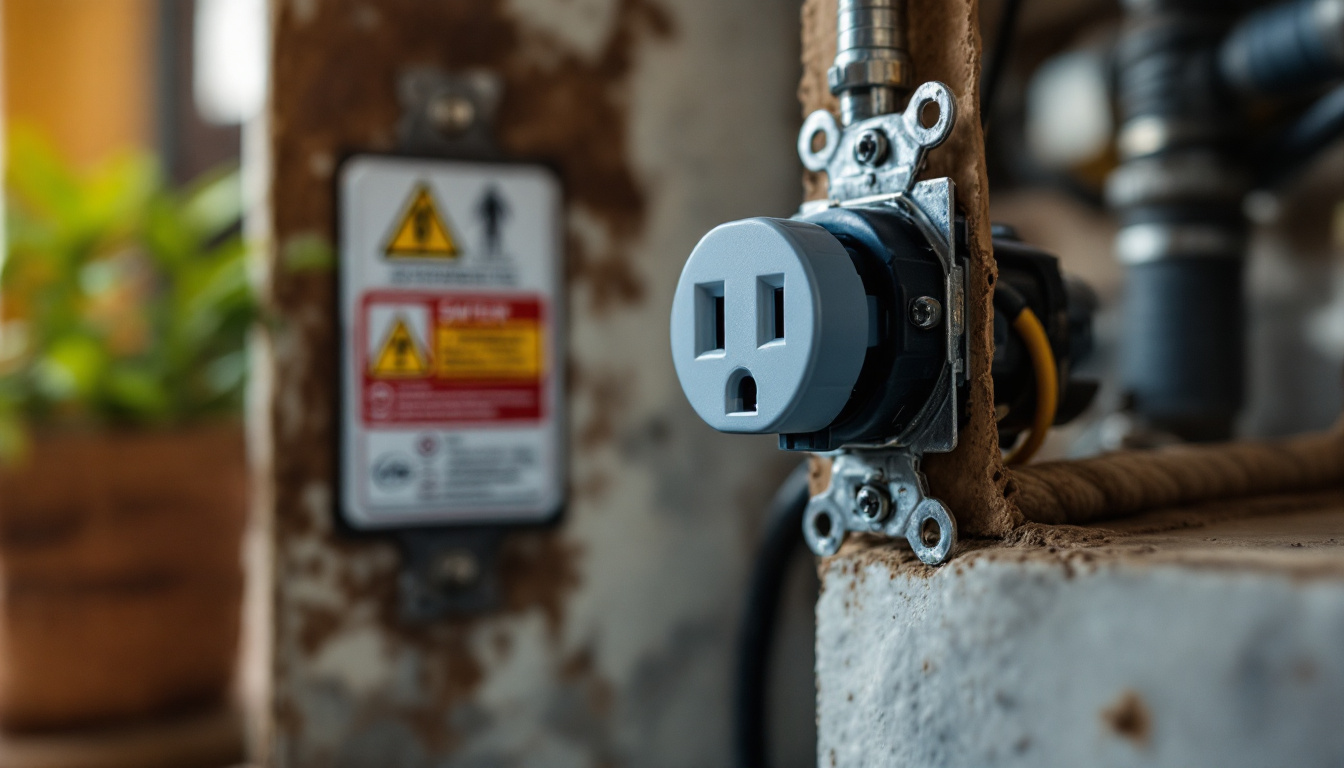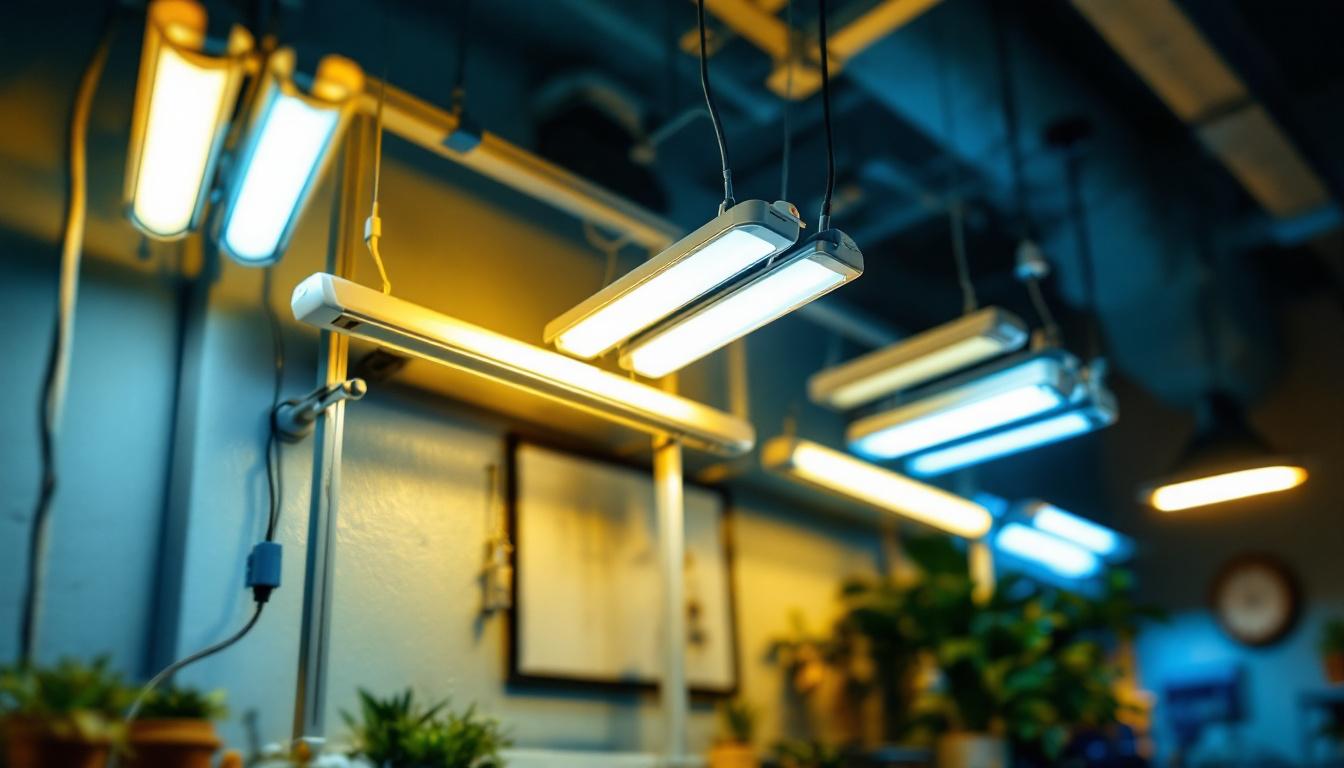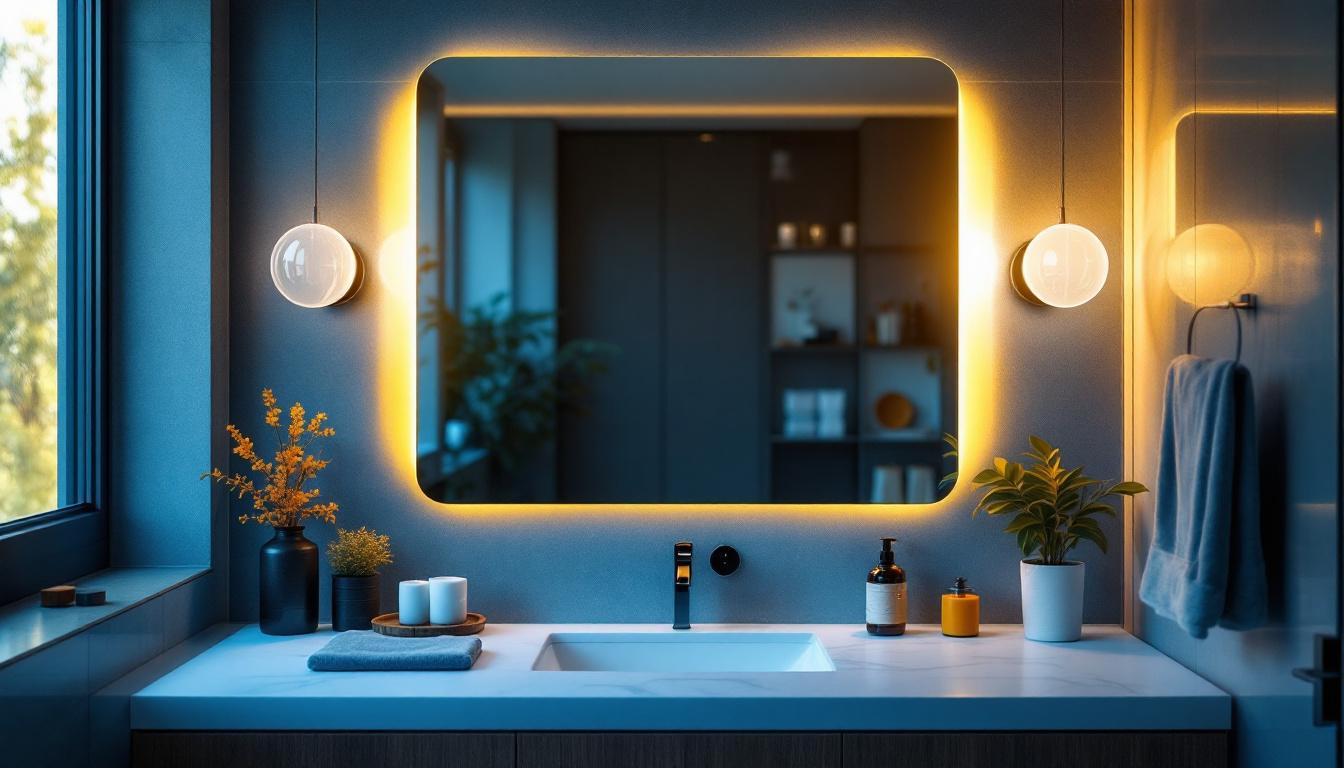
Dryer plug outlets are specialized electrical outlets designed to accommodate the high power demands of electric dryers. These outlets typically feature a three or four-prong configuration, depending on the age of the home and the specific requirements of the dryer. As a lighting contractor, understanding the nuances of these outlets is essential, especially when working in residential settings where electrical compliance is paramount.
Compliance with local electrical codes is crucial for ensuring safety and functionality. Improperly installed or outdated outlets can lead to a range of issues, from inefficient dryer performance to potential fire hazards. Therefore, lighting contractors must familiarize themselves with the standards governing dryer plug outlets to provide safe and effective solutions for their clients.
There are primarily two types of dryer plug outlets: the three-prong and the four-prong configurations. The three-prong outlet, which was more common in older homes, consists of two hot wires and a ground wire. In contrast, the four-prong outlet includes an additional neutral wire, which enhances safety by reducing the risk of electrical shock.
The transition from three-prong to four-prong outlets was driven by safety concerns, particularly regarding the grounding of the dryer. When working in older homes, lighting contractors may encounter both types of outlets, making it essential to assess the existing electrical infrastructure and determine the best course of action. Additionally, when retrofitting older homes, it’s important to consider the potential need for upgrading the entire circuit to support the higher amperage requirements of modern dryers, which can often exceed 30 amps.
Each region has its own set of electrical codes that dictate the installation and maintenance of electrical outlets, including dryer plug outlets. These codes are designed to ensure safety and efficiency, and compliance is not optional. Lighting contractors must stay informed about the local regulations that govern electrical installations to avoid penalties and ensure the safety of their clients.
Before any installation or modification, it is advisable to consult the National Electrical Code (NEC) and any local amendments that may apply. This will help ensure that all work meets the required standards and that the installation is both safe and compliant. Furthermore, understanding the specifics of local codes can also provide insights into recommended practices for wire gauge, circuit breaker ratings, and even the placement of outlets, which can vary significantly from one jurisdiction to another. For instance, some areas may require additional GFCI protection in laundry rooms, which can further influence the design and implementation of dryer plug outlets.
When installing or upgrading dryer plug outlets, several key considerations must be taken into account. These factors not only influence compliance but also the overall safety and functionality of the installation.
The wiring for dryer plug outlets must be adequately sized to handle the electrical load. Typically, a 30-amp circuit is required for electric dryers, which means that the wiring must be capable of supporting this load without overheating. Lighting contractors should ensure that the circuit breaker, wiring gauge, and outlet type are all compatible with the dryer’s specifications.
Additionally, it is essential to verify that the outlet is properly grounded. A grounded outlet significantly reduces the risk of electrical shock and enhances the overall safety of the installation. Contractors should perform thorough inspections and tests to confirm that all wiring is intact and meets the necessary standards. This includes checking for any signs of wear or damage, as old or frayed wires can pose serious safety risks. It may also be beneficial to consider the use of GFCI (Ground Fault Circuit Interrupter) outlets in areas where moisture is present, as these devices provide an additional layer of protection against electrical shock.
The placement of dryer plug outlets is another critical consideration. Outlets should be located in easily accessible areas to facilitate the connection and disconnection of the dryer. This is particularly important in laundry rooms where space may be limited.
Moreover, the outlet should be positioned away from water sources to minimize the risk of electrical hazards. Lighting contractors should evaluate the layout of the laundry area and ensure that the outlet is installed in a safe and practical location. It is also advisable to consider the height at which the outlet is installed; placing the outlet at a convenient height can prevent unnecessary bending or reaching, making it easier for users to plug and unplug the dryer. Additionally, ensuring that the outlet is not obstructed by other appliances or furniture can further enhance accessibility and usability, contributing to a more efficient laundry experience.
Despite adherence to codes and regulations, various issues can arise with dryer plug outlets. Understanding these common problems can help lighting contractors troubleshoot effectively and ensure client satisfaction.
One of the most significant risks associated with dryer plug outlets is overheating, which can lead to electrical fires. This issue often arises from improper wiring, overloaded circuits, or faulty outlets. Lighting contractors should educate clients about the importance of using the correct outlet type and ensuring that the dryer is not drawing more power than the circuit can handle.
Regular maintenance and inspections can help identify potential issues before they escalate. Contractors should recommend periodic checks of the outlet and surrounding wiring to ensure everything remains in good working order. Additionally, clients should be informed about the signs of overheating, such as a burning smell, discoloration around the outlet, or frequent tripping of the circuit breaker. Addressing these symptoms promptly can prevent catastrophic failures and enhance the safety of the home.
As technology evolves, so do the requirements for electrical appliances. Many modern dryers require four-prong outlets for optimal performance and safety. Lighting contractors may encounter situations where older homes still have three-prong outlets, necessitating an upgrade to meet the needs of new appliances.
When upgrading outlets, it is crucial to assess the entire electrical system to ensure compatibility. This may involve upgrading the circuit breaker and wiring, which can be a more extensive project but is essential for compliance and safety. Furthermore, contractors should discuss the benefits of modernizing the electrical system with their clients, such as improved energy efficiency and reduced risk of electrical hazards. By investing in these upgrades, homeowners can not only accommodate their current appliances but also future-proof their homes against evolving electrical standards and technologies.
To ensure successful installations of dryer plug outlets, lighting contractors should adhere to several best practices. These practices not only enhance safety but also improve client satisfaction and trust.
Before beginning any installation or upgrade, a thorough assessment of the existing electrical system is vital. This includes evaluating the current outlet type, wiring condition, and overall compliance with local codes. Understanding the specific needs of the client’s dryer will also guide the selection of the appropriate outlet type.
By conducting comprehensive assessments, contractors can identify potential issues early on and propose effective solutions, thereby minimizing disruptions and ensuring a smooth installation process.
Client education is an essential aspect of any electrical installation. Lighting contractors should take the time to explain the importance of using the correct outlet type and the risks associated with improper usage. Providing clients with maintenance tips, such as checking for signs of wear or damage, can help prolong the life of the installation and enhance safety.
Encouraging clients to schedule regular inspections can further mitigate risks and ensure that their electrical systems remain compliant and safe.
The landscape of electrical installations is continually evolving, driven by advancements in technology and changes in consumer needs. As such, lighting contractors should stay informed about emerging trends related to dryer plug outlets.
With the rise of smart home technology, there is a growing demand for electrical systems that integrate seamlessly with smart appliances. This trend is beginning to extend to dryer plug outlets, where connectivity options may become more prevalent. Lighting contractors should be aware of these developments and consider how they might affect future installations.
Smart appliances often come equipped with features that allow users to monitor energy usage and receive alerts for maintenance needs. As this technology advances, contractors may need to adapt their installation practices to accommodate these new functionalities.
As energy efficiency becomes a priority for homeowners and regulatory bodies alike, there is an increasing emphasis on electrical systems that minimize energy consumption. Lighting contractors should stay abreast of innovations in energy-efficient appliances and consider how these advancements may impact outlet requirements and installations.
By prioritizing energy efficiency in their work, contractors can not only meet client expectations but also contribute to broader sustainability goals.
Dryer plug outlets are a critical component of residential electrical systems, particularly in laundry areas. For lighting contractors, understanding the compliance requirements, installation considerations, and common issues associated with these outlets is essential for ensuring safety and client satisfaction.
By adhering to best practices, staying informed about industry trends, and prioritizing education, lighting contractors can navigate the complexities of dryer plug outlets effectively. As the electrical landscape continues to evolve, embracing these changes will ensure that contractors remain competitive and provide the highest level of service to their clients.
Ready to elevate your electrical projects with the highest quality lighting products? Look no further than LumenWholesale. Our extensive selection of spec-grade lighting solutions is designed to meet the rigorous demands of any installation, including those for dryer plug outlets. With unbeatable wholesale prices and the convenience of free shipping on bulk orders, you can trust LumenWholesale to provide the best value without compromising on quality or service. Wholesale Lighting at the Best Value is just a click away. Enhance your lighting contractor toolkit with LumenWholesale today.

Discover how fluorescent lamp lumens can boost your lighting project efficiency by up to 20%.

Discover how vanity side lights can transform your space while boosting energy efficiency.

Discover the frequent pitfalls lighting contractors encounter with indoor motion sensors for lights.

Discover the key insights lighting contractors need to know about replacement ballast.